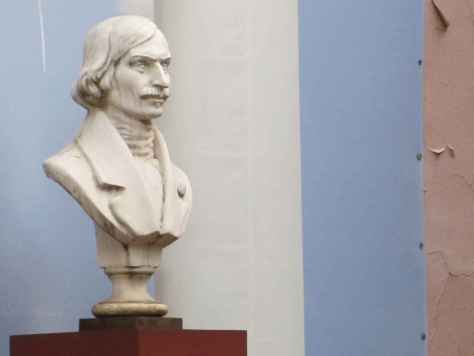Download links for: Roots of Style: Weaving Together Life, Love, and Fashion


Reviews (see all)
Write review
I won this Book from Goodreads! Thank You Goodreads :)
I won this book as a Goodreads First Read.
Review to come soon!
Other books by History & Biography
Related articles












